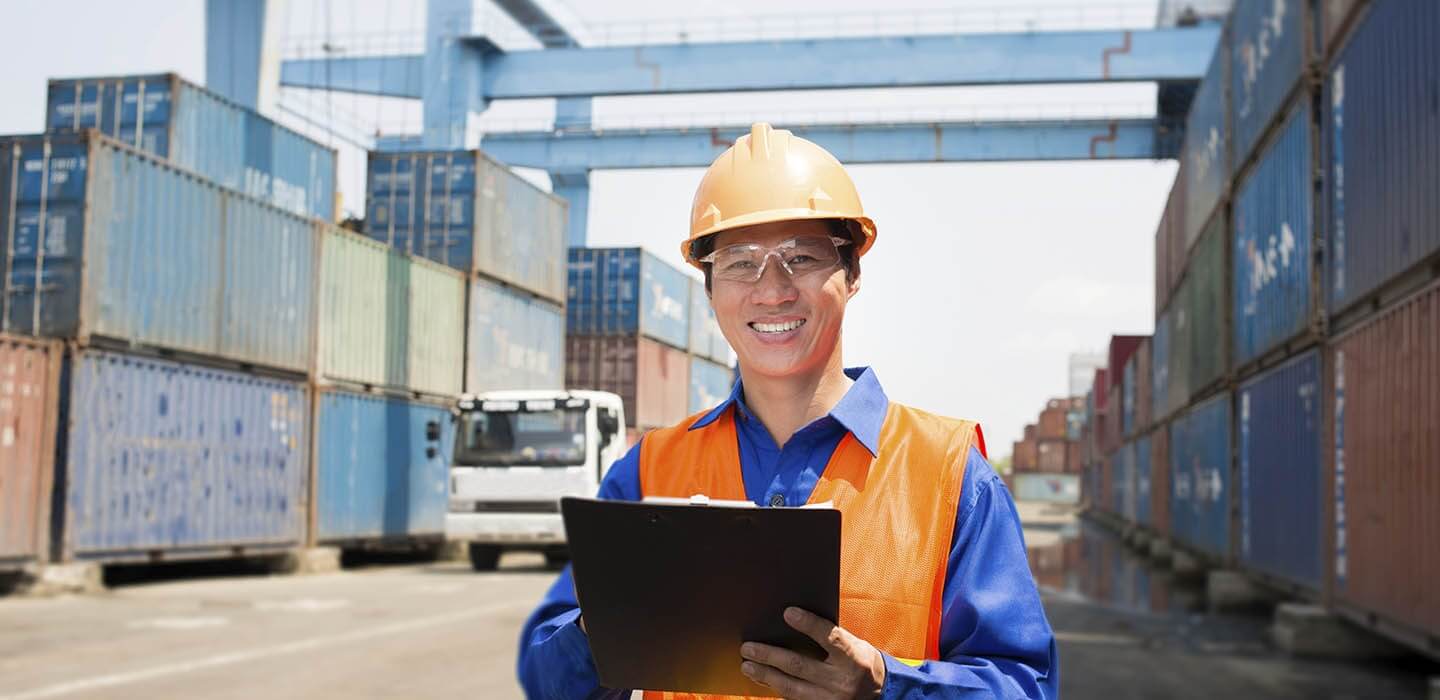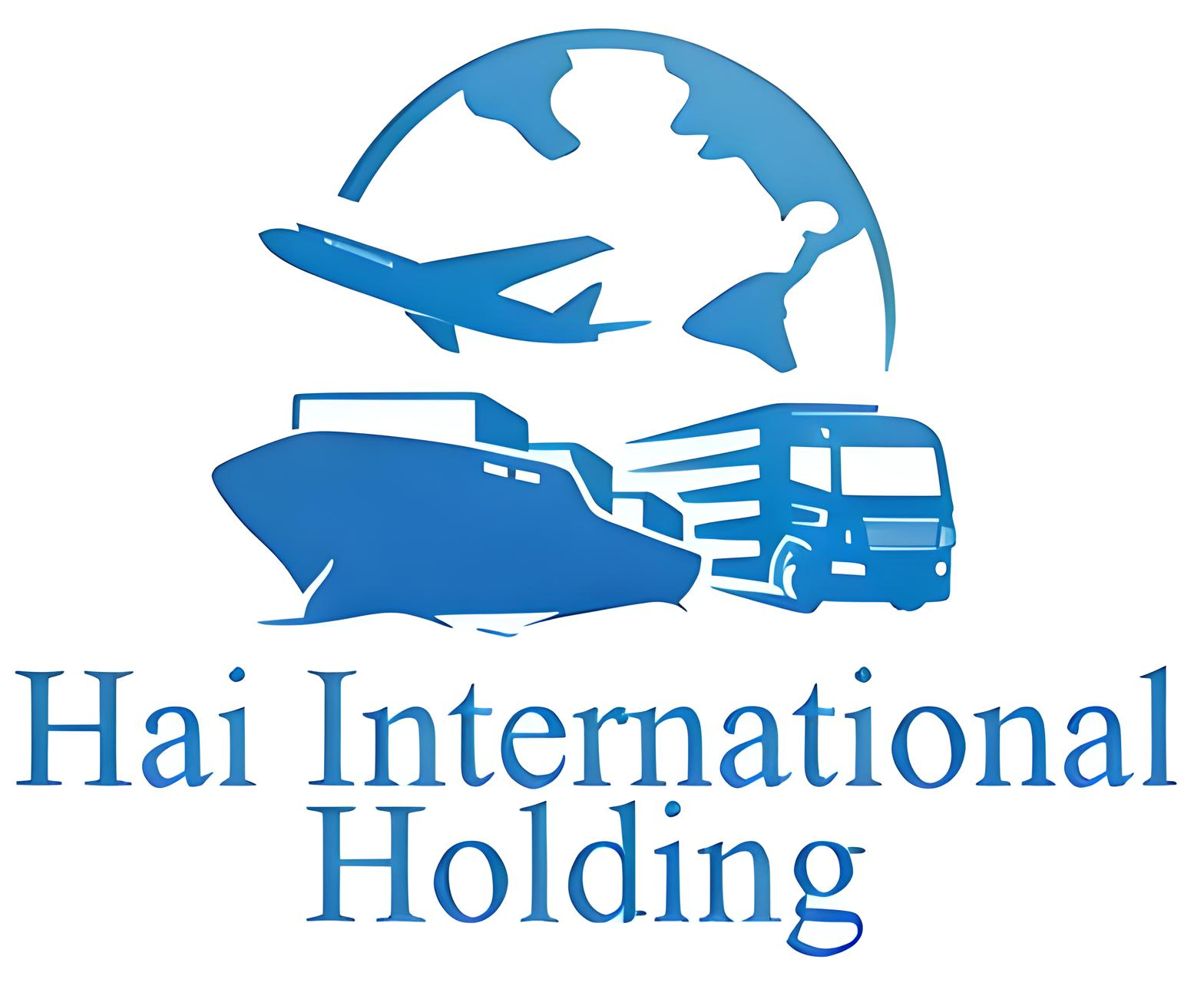 Are you ready for the hidden costs of importing from China in 2025? Import tariffs, duties, and taxes can add 5% to 25% in customs duties, plus VAT, significantly raising your costs. Without understanding these fees, you risk unexpected expenses that hurt your profit margins. Stay informed to better control costs, negotiate deals, and explore ways to reduce fees like using Free Trade Zones.
Are you ready for the hidden costs of importing from China in 2025? Import tariffs, duties, and taxes can add 5% to 25% in customs duties, plus VAT, significantly raising your costs. Without understanding these fees, you risk unexpected expenses that hurt your profit margins. Stay informed to better control costs, negotiate deals, and explore ways to reduce fees like using Free Trade Zones.
Overview of China’s Import Tariffs, Duties, and Taxes
What Are Import Tariffs, Duties, and Taxes?
When importing goods into China, you will encounter import tariffs, duties, and taxes, all of which add to the total cost of your goods. Here’s a breakdown:
- Tariffs: These are taxes imposed on goods entering China. The tariff rate depends on the product’s HS code and typically ranges from 0% to 35%, depending on the product category.
- Duties: Calculated based on the CIF value (Cost, Insurance, and Freight), duties add a percentage to the total value of the shipment, often between 5% and 25%.
- VAT (Value-Added Tax): Applied on top of the product value and duties. For most imports, China’s VAT rate is 13%.
For example, if you import $10,000 worth of electronics with a 10% duty, the total VAT is applied after adding the duty, not just to the product value, meaning you’ll pay VAT on the total cost.

The Role of China’s Customs and Tax Authorities
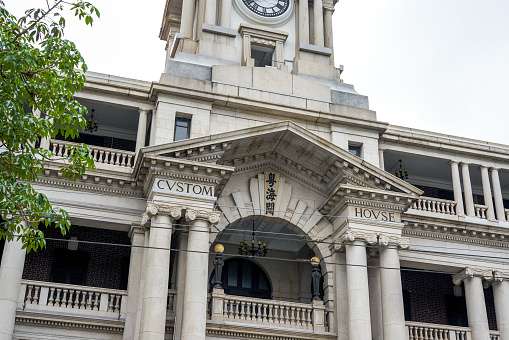
China’s customs and tax system is regulated by China Customs and the State Taxation Administration. China Customs is responsible for classifying goods, determining the applicable tariffs and duties, and ensuring compliance with import regulations. The State Taxation Administration is in charge of applying and collecting VAT and any consumption taxes on specific goods, such as luxury products or tobacco.
Both agencies work together to ensure that import duties and taxes are accurately assessed, meaning importers must provide detailed and accurate information on their goods to avoid delays or penalties.
How China’s Tariff and Tax System Works for International Imports
China’s tariff system is based on the Harmonized System (HS) codes, which assign a specific tariff rate to each product category. Once the tariff and duties are determined based on the CIF value, VAT is applied to the total amount, including both the product cost and the duties.
For example, importing machinery with a product value of $15,000 might incur a 6% duty and 13% VAT. The final VAT calculation includes both the $15,000 product value and the $900 duty, resulting in a total VAT payment of $2,059.
Key Components of Import Costs in China
Customs Duty: How It’s Applied Based on HS Codes
 When importing goods into China, customs duties are calculated using the Harmonized System (HS) code. Each product category has its own duty rate, ranging from 0% to 35%. For example, electronics like smartphones might have a duty rate of 10%, while apparel can go as high as 15%. These duties are based on the CIF value of your goods, which includes the cost, insurance, and freight charges. This means that the higher the CIF value, the more you’ll pay in customs duties.
When importing goods into China, customs duties are calculated using the Harmonized System (HS) code. Each product category has its own duty rate, ranging from 0% to 35%. For example, electronics like smartphones might have a duty rate of 10%, while apparel can go as high as 15%. These duties are based on the CIF value of your goods, which includes the cost, insurance, and freight charges. This means that the higher the CIF value, the more you’ll pay in customs duties.
For example, importing $20,000 worth of textiles with a 10% duty rate would result in a customs duty payment of $2,000.
VAT (Value-Added Tax): How It Affects Imports
In addition to customs duties, importers are required to pay Value-Added Tax (VAT) on goods entering China. The current VAT rate for most imports is 13%, although some items, like agricultural products, may have a lower VAT rate of 9%. Importantly, VAT is applied not only to the value of the goods but also to the customs duty and shipping costs. This cumulative effect means the total VAT paid can be significant.
For instance, importing $15,000 worth of electronics with a 10% duty rate results in a VAT charge of $2,145, after calculating VAT on the combined product value and customs duty.
Consumption Tax: Additional Costs on Specific Goods
Certain goods, such as luxury items, alcohol, and tobacco, are also subject to a consumption tax in China. This tax is applied in addition to the customs duty and VAT. The rate for consumption tax varies depending on the product category. For example, high-end cosmetics can have a consumption tax rate of up to 30%, which significantly increases the total import cost.
For luxury car imports valued at $50,000, a 10% customs duty, 13% VAT, and 20% consumption tax would result in over $22,000 in combined taxes and duties.
Import Duty and VAT Rates for Key Product Categories
| Product Category | Customs Duty Rate | VAT Rate |
|---|---|---|
| Electronics | 10% | 13% |
| Apparel | 15% | 13% |
| Luxury Goods | 20-35% | 13% |
| Agricultural Products | 5-10% | 9% |
By understanding these key components—customs duty, VAT, and consumption tax—you can more accurately estimate your total import costs and avoid any surprises during customs clearance.
Customs Duty Rates in China by Product Type
How Customs Duty Rates Vary by Product
Customs duty rates in China are determined by the HS code of each product, and these rates can vary significantly based on the type of goods being imported. The duty is applied to the CIF value (Cost, Insurance, and Freight) of the goods, meaning that the higher the shipping and insurance costs, the more you’ll pay in duties.
For instance, electronics generally have lower duty rates, often between 0% and 10%, while products like textiles and apparel face higher rates, usually in the 10% to 25% range. Luxury goods, particularly high-end items like jewelry and watches, can attract customs duties as high as 35%.
Duty Rates for Key Product Categories
Here are the typical customs duty rates for some key product categories:
- Electronics: 0% to 10%, depending on the specific item (e.g., smartphones, computers).
- Textiles and Apparel: 10% to 25%, with higher rates for finished products like clothing and shoes.
- Machinery: 5% to 15%, depending on whether the equipment is industrial or consumer-grade.
- Luxury Goods: 20% to 35%, particularly for items like jewelry, watches, and high-end fashion.
Changes in Duty Rates for 2025
In 2025, China has implemented minor adjustments in duty rates for certain goods. For example, smartphone imports now face a reduced duty of 5%, down from 10% in previous years, as part of efforts to support tech imports. However, apparel and luxury goods have seen no reductions, with duty rates holding steady at their current levels, continuing to impact importers of high-value consumer goods.
These rates play a critical role in calculating total landed costs, so importers must remain aware of the specific duties applied to their product categories to avoid underestimating the overall cost of importing.
How to Calculate China’s Import Tariffs and Taxes
Formula for Calculating Total Import Cost
To calculate the total import cost for goods entering China, you’ll need to understand three key components: CIF value, customs duty, and VAT. The basic formula is:
Total Import Cost = CIF Value + Customs Duty + VAT
- CIF Value: This includes the cost of the goods, insurance, and freight (shipping) charges.
- Customs Duty: A percentage applied to the CIF value, based on the product’s HS code.
- VAT (Value-Added Tax): Applied to the combined total of the CIF value and customs duty.
Step-by-Step Example: Calculating Import Costs for Electronics
Let’s walk through an example of importing electronics into China, valued at $20,000, with $2,000 for shipping and insurance (CIF value = $22,000). The customs duty rate for electronics is 10%, and VAT is 13%.
Calculate Customs Duty:
Customs Duty = CIF Value × Customs Duty Rate
Customs Duty = $22,000 × 10% = $2,200- Calculate VAT:
VAT = (CIF Value + Customs Duty) × VAT Rate
VAT = ($22,000 + $2,200) × 13% = $3,142 - Total Import Cost:
Total Import Cost = CIF Value + Customs Duty + VAT
Total Import Cost = $22,000 + $2,200 + $3,142 = $27,342
In this example, the total cost of importing $20,000 worth of electronics into China would be $27,342, after factoring in customs duty and VAT.
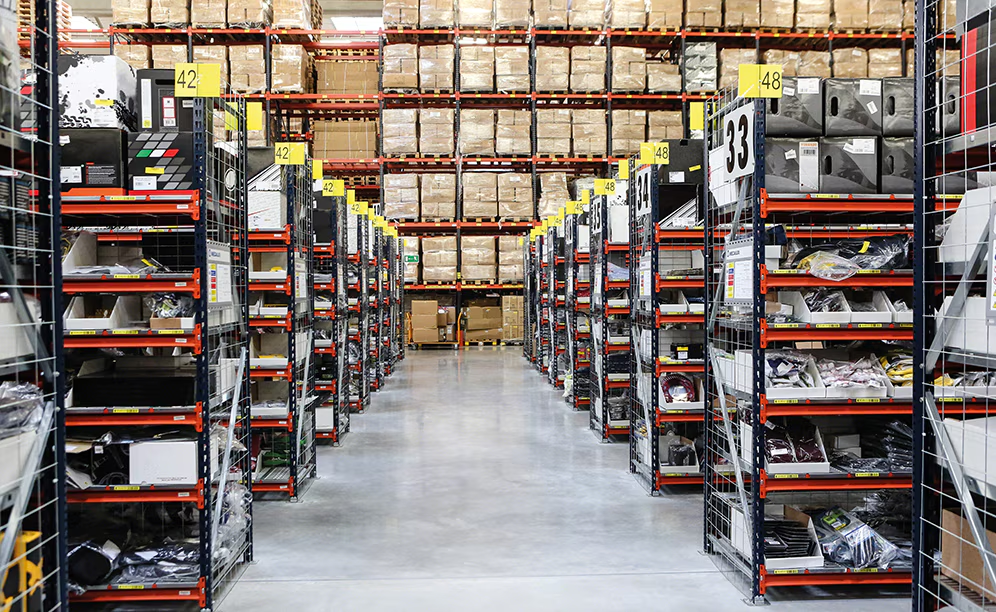
Tools and Resources to Calculate Import Taxes
To make your calculations easier, there are several online tools available that can help you estimate your import costs before committing to a purchase. Some recommended tools include:
- China Customs Duty Calculator: A free online tool to calculate customs duties based on the product’s HS code.
- VAT Calculator: Useful for determining how much VAT will be applied to your import.
- Shipping and Freight Estimators: Tools to estimate shipping costs based on your cargo’s size, weight, and destination.
By using these resources, you can get a precise estimate of the total landed cost of your imports and plan accordingly.
Specific Tariffs and Duty Rates for 2025
Updated Customs Duty Rates for Key Goods
In 2025, customs duty rates for many high-volume categories have been updated. These changes reflect China’s ongoing adjustments to its trade policies, designed to balance import needs with domestic production. For example, electronics like smartphones have seen reduced duties, dropping from 10% to 5% to encourage tech imports. On the other hand, textiles and apparel still face higher tariffs, with rates ranging between 10% and 25% depending on the product’s HS code.
Changes like these impact importers significantly, especially those dealing in high-volume products like clothing, consumer electronics, and automotive parts.
New VAT Rates for Imported Products
In 2025, the VAT rate for most imported goods remains stable at 13%, though certain categories have been updated to reflect changes in government policies. For example, agricultural products continue to benefit from a reduced VAT rate of 9%, helping to boost food imports and keep consumer prices low.
VAT is calculated on the total value of the goods (CIF value + customs duties), making it a substantial part of the total import cost. Staying aware of VAT updates is crucial for calculating accurate landed costs.
Products Subject to Consumption Tax
 Certain goods, especially luxury items, are also subject to consumption tax in China. This tax applies in addition to both customs duties and VAT. The consumption tax rates vary widely:
Certain goods, especially luxury items, are also subject to consumption tax in China. This tax applies in addition to both customs duties and VAT. The consumption tax rates vary widely:
- Luxury cars: 1% to 40% based on engine size.
- Tobacco products: Up to 50%.
- Alcohol and cosmetics: 10% to 30%.
For instance, importing a luxury car valued at $50,000 might incur a 25% customs duty, a 13% VAT, and an additional 30% consumption tax, significantly increasing the total import cost.
Updated Tariff and VAT Rates for Commonly Imported Goods (2025)
| Product Category | Customs Duty Rate | VAT Rate |
|---|---|---|
| Electronics (e.g., Smartphones) | 5% | 13% |
| Textiles and Apparel | 10-25% | 13% |
| Agricultural Products | 5-10% | 9% |
| Luxury Goods (e.g., Cars, Jewelry) | 20-35% | 13% |
These updates emphasize the importance of staying current on tariff and tax changes to ensure accurate cost planning and avoid surprises during customs clearance.
How to Manage Import Tariffs and Reduce Costs
Tips for Minimizing Import Tariffs
Reducing the costs of import tariffs is crucial for maximizing profit margins, and there are several strategies that importers can use to manage these fees effectively. Whether you’re importing electronics, textiles, or luxury goods, these tactics can help you lower your overall expenses:
- Leverage Free Trade Agreements (FTAs): Many countries have free trade agreements with China, which can significantly reduce or even eliminate tariffs for specific products. Make sure to check if your country has an FTA in place and verify which products qualify for reduced tariffs.
- Utilize Free Trade Zones (FTZs): Importing goods through a Free Trade Zone in China allows for deferred or reduced customs duties. Goods stored in these zones can avoid tariffs until they enter the domestic market, offering flexibility and lower immediate costs. For example, Shanghai’s FTZ is widely used by importers looking to cut tariff costs on bulk shipments.
Maximize Your Savings with MCC Qianhai Free Trade Zone
As a subsidiary of HAI International Holding, MCC Qianhai Free Trade Zone offers a unique opportunity for businesses to reduce tariffs and optimize their logistics. Whether you’re looking to defer customs duties or minimize storage fees, MCC Qianhai provides tailored solutions to help you save on import costs and streamline your operations.
Get in touch with MCC Qianhai today to discover how their Free Trade Zone services can maximize your savings and simplify your import process!

Correctly Classifying Goods Using HS Codes
One of the most common mistakes importers make is misclassifying goods under the wrong HS code, leading to higher tariffs. Every product has a unique HS code that determines its duty rate. By accurately classifying your goods, you can ensure that you are paying the correct duty amount and not overpaying.
For instance, misclassifying a type of machinery as consumer electronics could result in a duty rate of 15% instead of 5%. Proper classification can save you thousands of dollars on large shipments.
Consulting with Customs Brokers
Hiring a customs broker can be one of the best investments for managing import tariffs. These professionals are well-versed in customs regulations, HS codes, and FTA benefits. They can ensure your goods are classified correctly, help you take advantage of reduced tariffs, and assist with compliance to avoid delays or penalties.
By working with a customs broker, you reduce the risk of costly mistakes and ensure that your import process goes smoothly, saving both time and money in the long run.
Common Mistakes to Avoid When Importing to China
When importing goods into China, even small mistakes can lead to higher costs and delays. Avoiding these common errors can help you save both time and money. Let’s take a look at the most frequent pitfalls.
Misclassification of Goods Leading to Higher Tariffs
One of the most costly mistakes importers make is misclassifying goods under the wrong HS code. Each product has a specific code that determines its duty rate, and using the wrong one can result in paying higher tariffs than necessary.
For example:
- Incorrectly classifying a consumer electronic device as industrial equipment could increase the duty rate from 5% to 15%.
- Ensure you double-check your HS code with a customs broker or use online tools to verify its accuracy.
Ignoring Updates in China’s Duty and Tax Policies for 2025
China frequently updates its import tariffs and tax policies, and failing to stay informed can result in unexpected costs. In 2025, changes have been made to certain high-volume products, such as a reduction in tariffs for smartphones and new consumption taxes on luxury goods.
- Regularly review China’s updated tariff schedules.
- Subscribe to newsletters or work with a customs expert to stay updated on these changes.
Failing to Submit Proper Customs Documentation
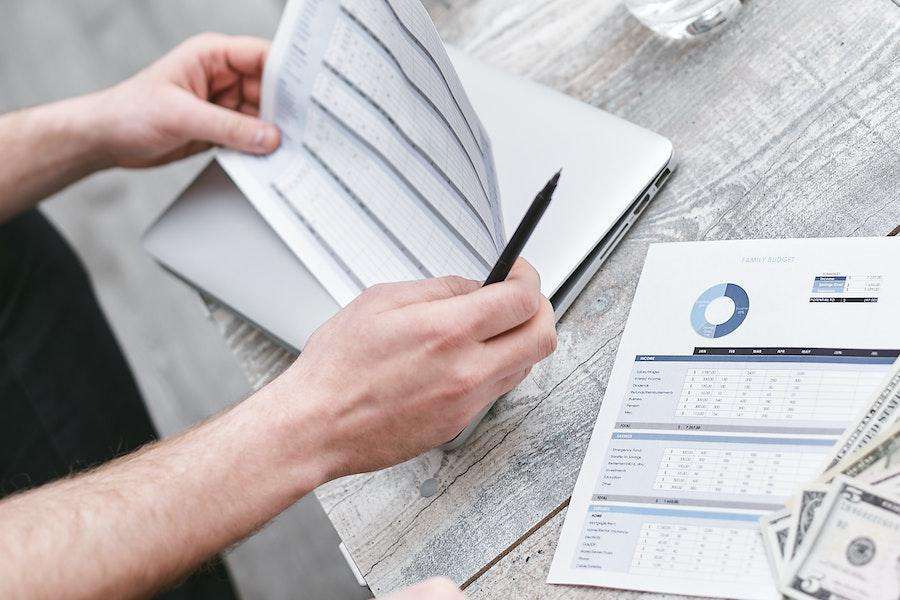
Customs clearance in China is strict, and submitting incomplete or incorrect documentation can lead to delays or penalties. Many importers make the mistake of not providing all necessary paperwork, leading to longer processing times and additional costs.
- Ensure that you provide accurate invoices, packing lists, and correct HS codes.
- Work with a customs broker to ensure all documents are in order before shipment.
Avoiding these common mistakes can drastically reduce your import costs and help you avoid frustrating delays at customs.
Frequently Asked Questions on China Import Duties and Taxes
What Are the Current Import Duty Rates for Electronics in China?
The current import duty rates for electronics range from 0% to 10%, depending on the product type. In 2025, China reduced tariffs for certain high-tech products, such as smartphones, to 5%, reflecting a shift to promote technological imports. Other electronic items may still face higher rates depending on their HS codes.
How Is VAT Applied to Imports from China?
VAT (Value-Added Tax) in China is applied to the total import value, which includes both the CIF value (Cost, Insurance, Freight) and the customs duty. For most products, the VAT rate is 13%, though certain goods like agricultural products may have a lower VAT rate of 9%. VAT is added after customs duties, increasing the overall landed cost of goods.
What Happens If I Misclassify Goods?
Misclassifying your goods can result in higher tariffs or delays. Each product has a specific HS code that determines its duty rate. If you assign the wrong code, customs might apply a higher duty rate or require corrections, leading to additional fees and potential penalties. For example, classifying machinery as consumer electronics could increase your duty from 5% to 15%.
Are There Any Changes to Tariffs for 2025?
Yes, China has made adjustments to customs duties in 2025, particularly reducing tariffs for smartphones from 10% to 5%. Other categories, such as textiles and apparel, remain largely unchanged, with duties ranging from 10% to 25%. Luxury items like cars and jewelry continue to face higher tariffs, often 20% to 35%.
How Can I Reduce Import Tariffs When Shipping to China?
To reduce import tariffs, you can explore options such as Free Trade Agreements (FTAs), which lower or eliminate tariffs for certain goods between China and partner countries. Additionally, using Free Trade Zones (FTZs) can help delay or reduce duties, as goods can be stored in these zones before entering the domestic market, giving you more flexibility.
What Is a Free Trade Zone (FTZ) and How Can It Help?
A Free Trade Zone (FTZ) is a designated area where goods can be imported, stored, and even processed without immediate payment of tariffs. When goods are eventually moved into the domestic market, duties and taxes are applied. FTZs, such as those in Shanghai or Tianjin, provide importers with flexibility in managing cash flow and avoiding unnecessary tariff payments on items that might be re-exported or stored long-term.
How Do Consumption Taxes Work in China?
Consumption taxes in China are applied to specific goods, such as luxury items, alcohol, and tobacco. These taxes are charged in addition to customs duties and VAT. For example, high-end cosmetics might incur a consumption tax of 30%, while luxury cars may face rates ranging from 1% to 40% based on the vehicle’s engine size. These taxes significantly increase the overall import cost of such goods.
Recap
In 2025, staying updated on China’s import tariffs and taxes is critical for efficient and cost-effective importing. With changes to tariffs on electronics and luxury goods, importers must be vigilant to avoid unexpected costs. Using the right tools and consulting customs brokers can help you navigate these complexities, ensure compliance, and save on import costs. The key to success is in correctly classifying your goods, monitoring policy changes, and leveraging free trade zones or agreements to minimize expenses.

